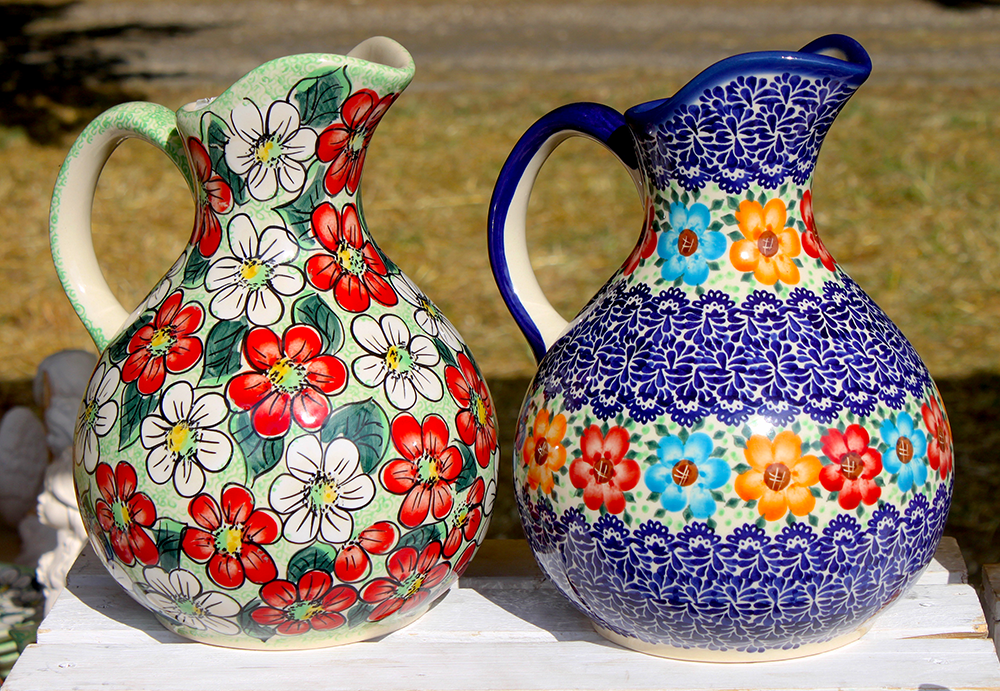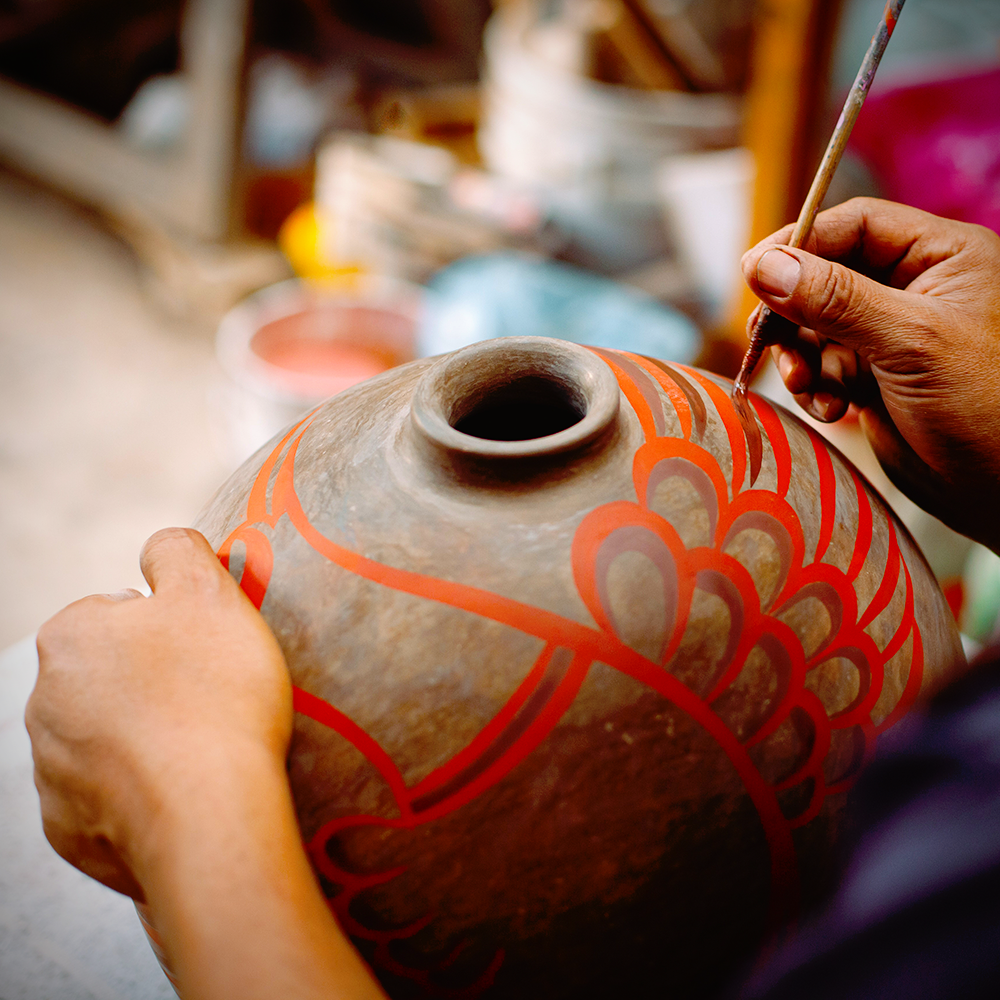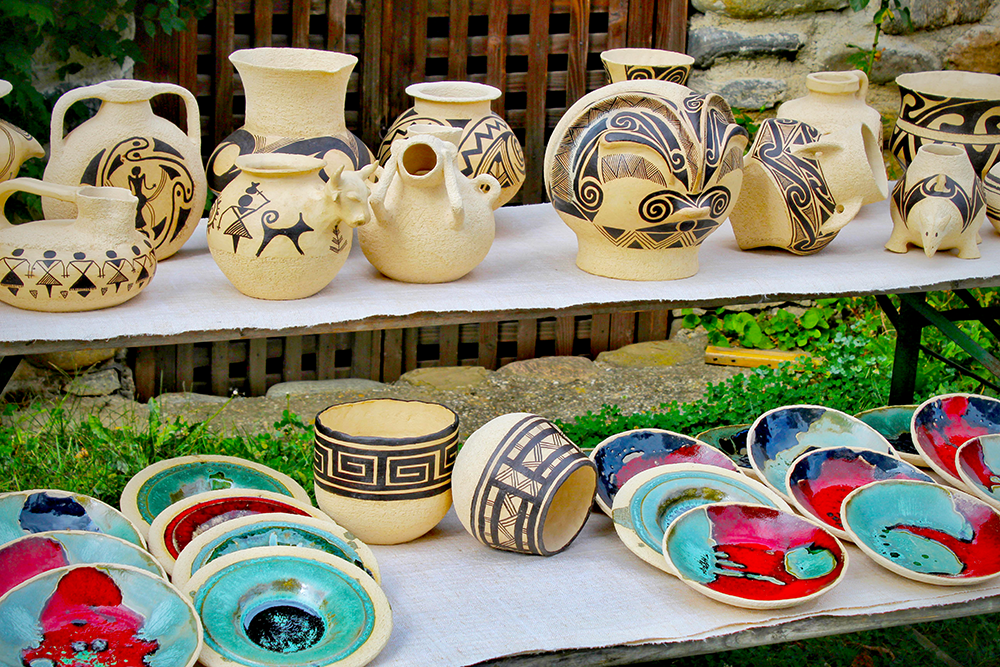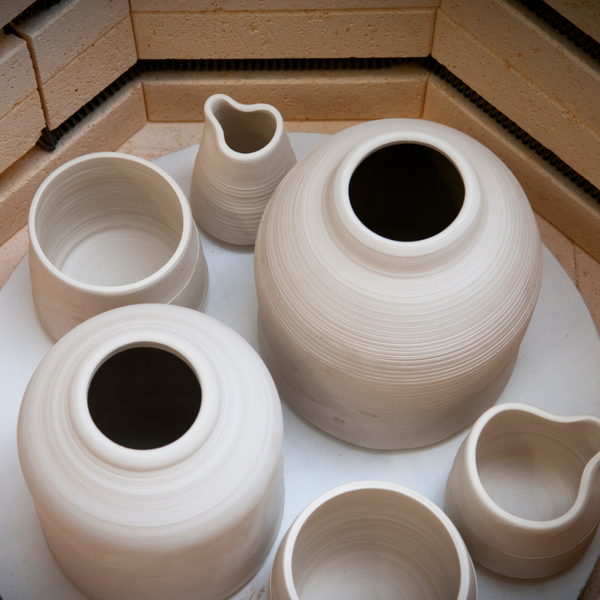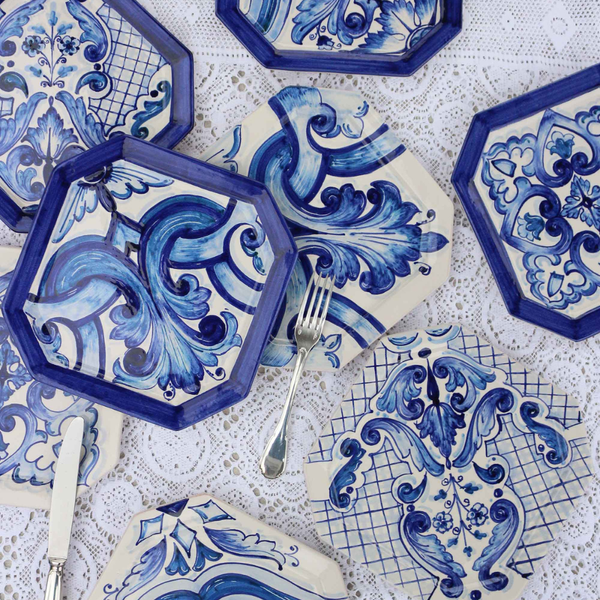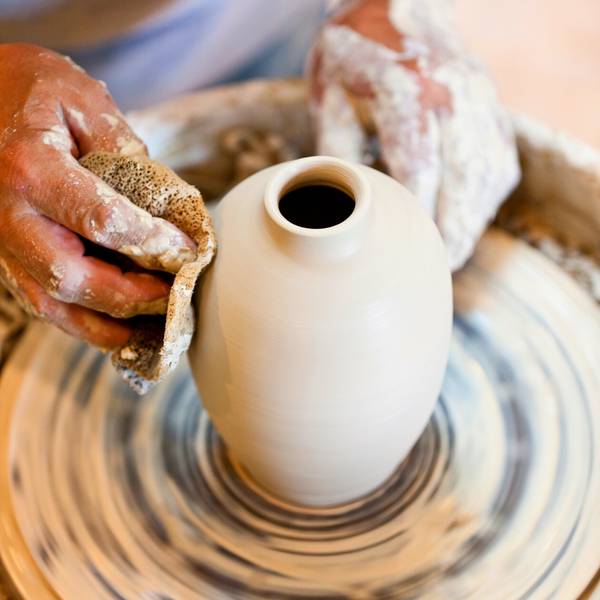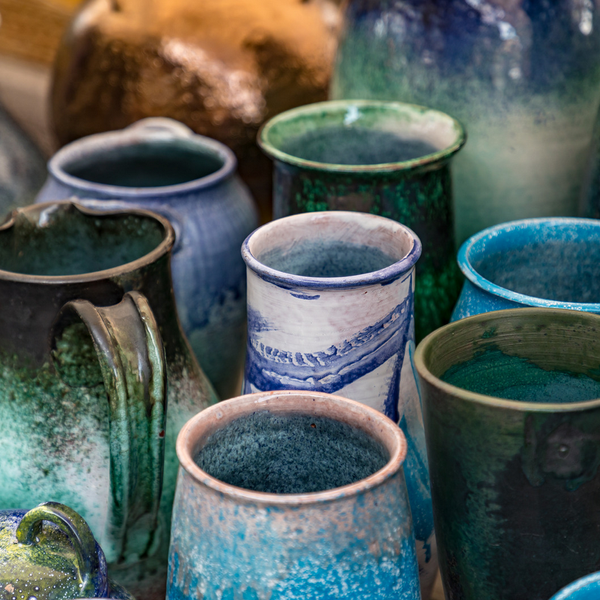Ever found yourself puzzled, trying to distinguish between pottery and porcelain?
It's like trying to tell twins apart!
Both are beautiful forms of ceramics, but each has its own unique traits that make it special.
In this ultimate guide, we’ll dive deep into the nuances of these two materials, making it easy for you to identify their differences and appreciate their individual charms.
Let's embark on this ceramic journey together!
Key Takeaways:
- Material Composition: Pottery and porcelain differ primarily in the type of clay used and the firing temperatures.
- Physical Properties: Porcelain is more durable, less porous, and often more translucent than pottery.
- Usage and Applications: Pottery is typically used for everyday items like flower pots and mugs, while porcelain is favored for fine dinnerware and decorative pieces.

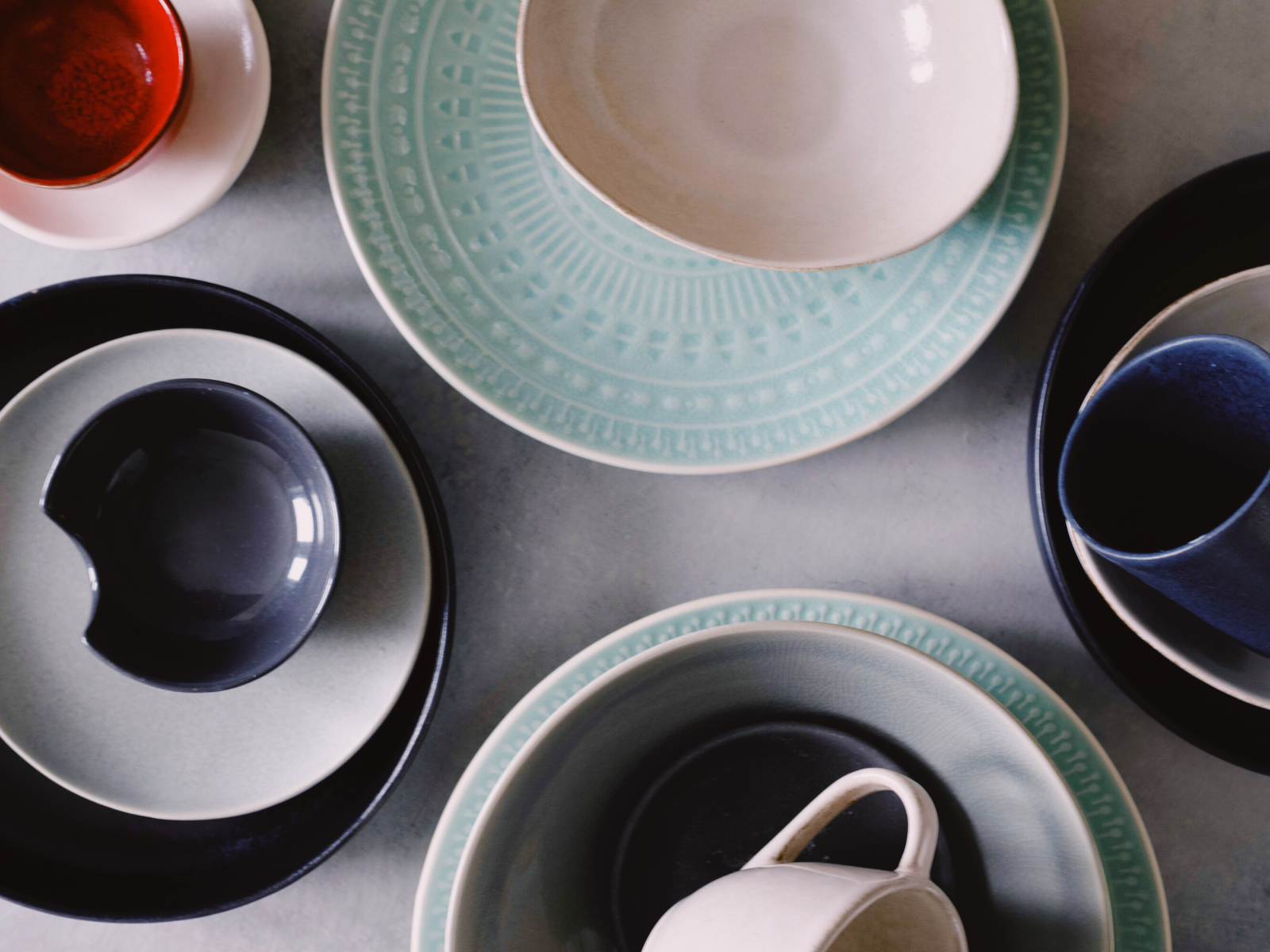
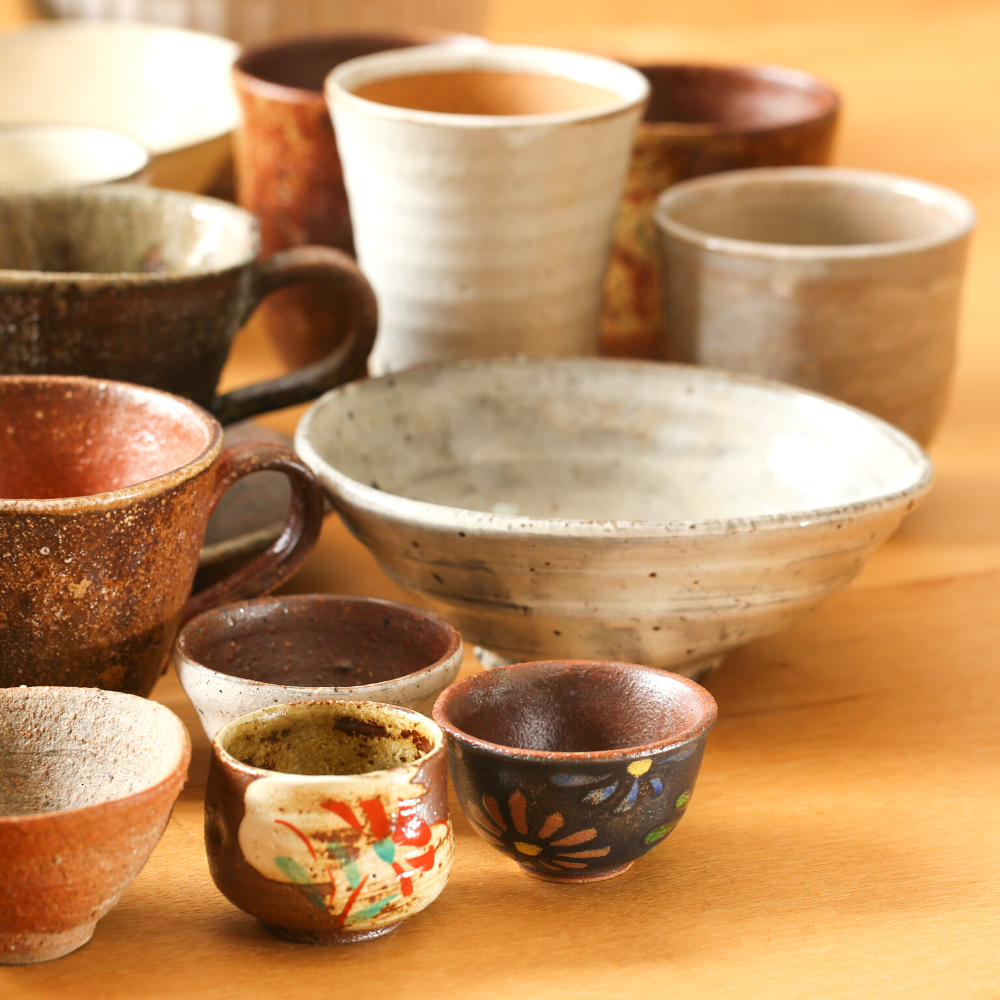
Material Composition
Ever wondered what makes pottery and porcelain so distinct?
It all starts with the clay.
Natural Clay vs. Porcelain Clay
Pottery is made from natural clay, which is abundant and easy to work with.
This type of clay is often mixed with other materials to create a workable clay body.
On the other hand, porcelain clay is a more refined type of clay known as kaolin.
This primary clay is purer and has fewer impurities, making it ideal for creating fine porcelain.
Earthenware Clay and Stoneware
Earthenware clay is commonly used for pottery and is typically fired at lower temperatures.
This type of clay is slightly porous and often used for creating items like flower pots and mugs.
Stoneware, another type of pottery, is fired at higher temperatures, making it more durable but still not as refined as porcelain.
Firing Temperatures
Curious about what makes pottery and porcelain so different?
It all boils down to firing temperatures.
Low Fire Pottery
Pottery is typically fired at lower temperatures, ranging from 1,000 to 1,200 degrees Celsius.
This lower firing temperature makes pottery more porous and less durable compared to porcelain.
The porous nature of pottery means it can absorb water, making it less suitable for certain applications.
High Firing Temperature for Porcelain
Porcelain is fired at extremely high temperatures, often exceeding 1,300 degrees Celsius.
This high firing temperature makes porcelain less porous and more durable.
The result is a material that is stain-resistant and suitable for fine dinnerware and other high-quality ceramic pieces.
Physical Properties
Ever wondered why porcelain and pottery look and feel so different?
It’s all about their physical properties.
Durability and Porosity
One of the main differences between pottery and porcelain is their durability.
Porcelain is more durable and less porous than pottery.
This makes porcelain ideal for items that need to withstand everyday use, such as dinnerware and porcelain tiles.
Pottery, being more porous, is better suited for decorative items and those not exposed to constant wear and tear.
Translucence and Appearance
Porcelain is often more translucent than pottery, giving it a more refined and delicate appearance.
This translucence is due to the fine clay particles and the high firing temperatures used in its production.
Pottery, on the other hand, has a more rustic and earthy appearance, often enhanced by the use of glazes and other ceramic techniques.
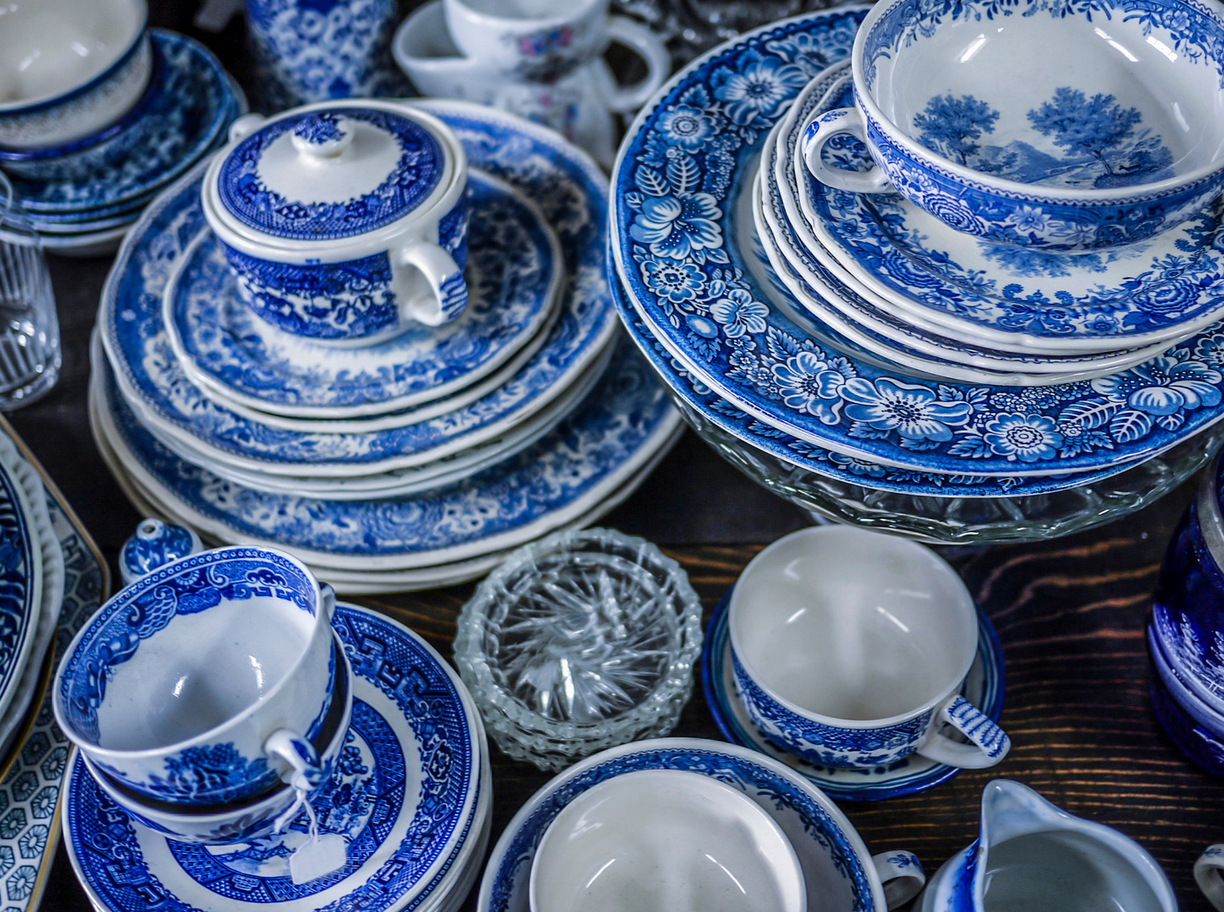
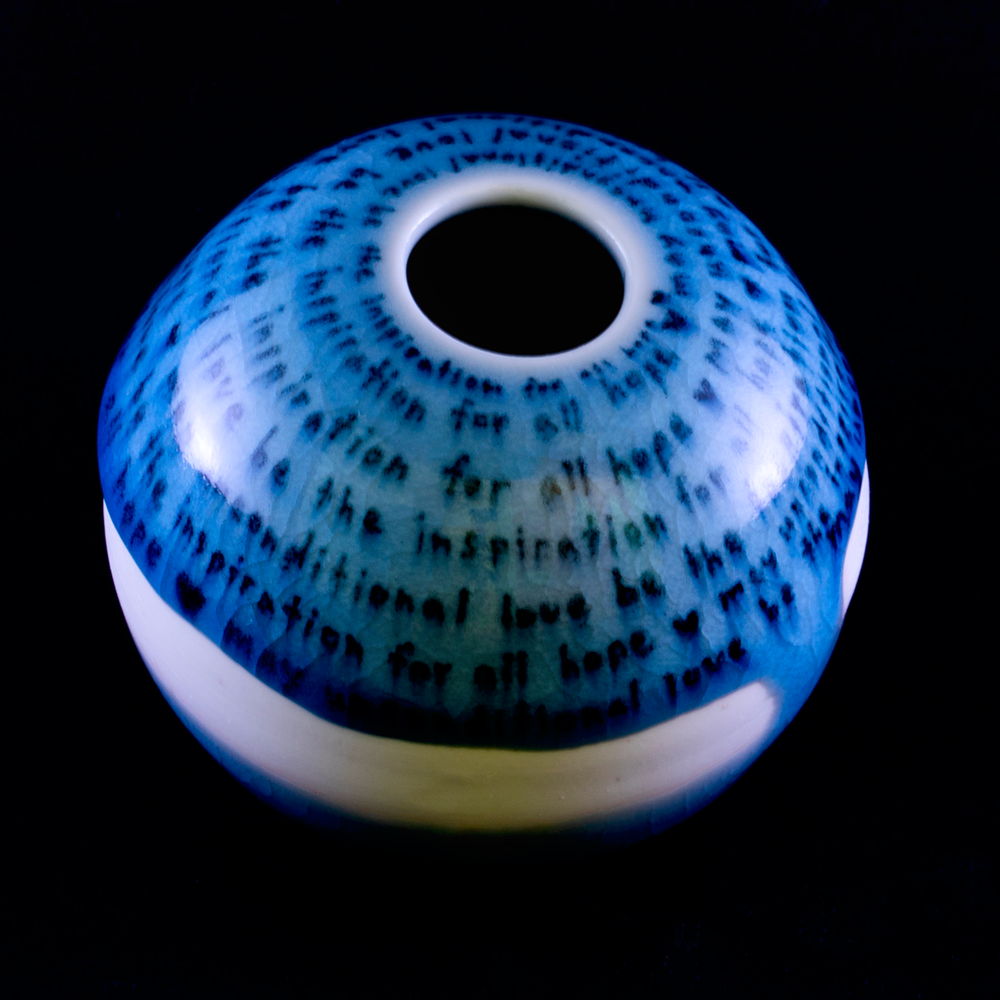
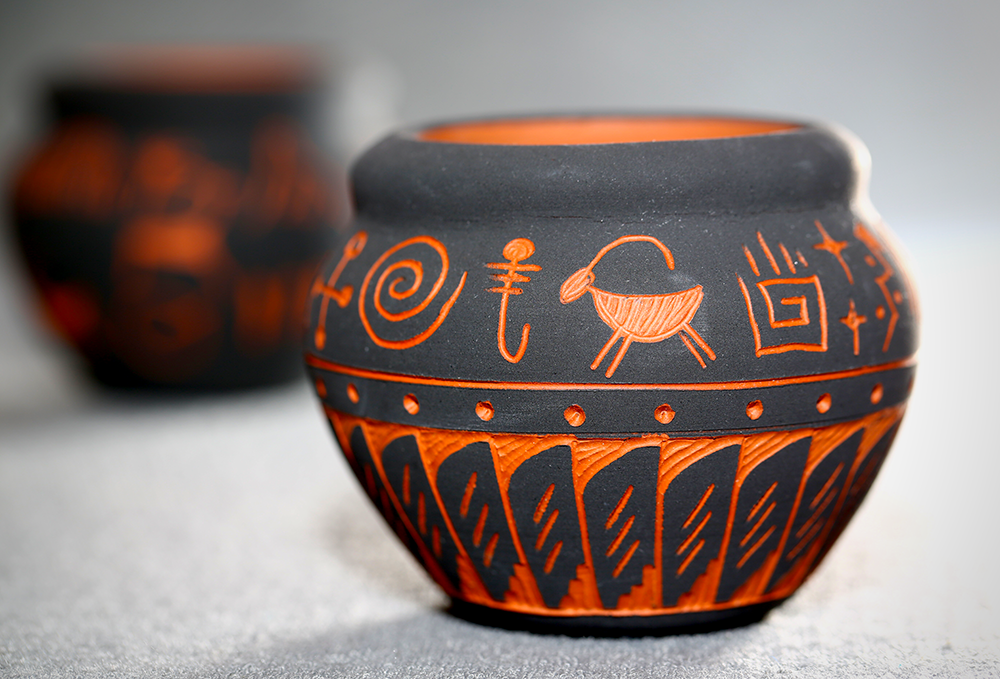
Applications and Uses
Ever wondered why some items in your home are made of pottery while others are porcelain?
It all comes down to their applications and uses.
Pottery is commonly used for everyday items like mugs, bowls, and flower pots.
Its slightly porous nature makes it ideal for items that do not need to be completely water-resistant.
Pottery is also popular for decorative pieces due to its rustic charm and versatility.
Porcelain is often used for fine dinnerware, decorative vases, and other high-quality items.
Its durability and stain-resistant properties make it ideal for items that need to withstand frequent use.
Porcelain plates and bowls are common in fine dining settings, where their refined appearance adds a touch of elegance.
Types of Ceramic
Did you know that both pottery and porcelain belong to the fascinating world of ceramics?
Both pottery and porcelain fall under the broad category of ceramics, which includes various types of clay bodies and firing techniques.
Other types of ceramics include stoneware, bone china, and terracotta.
Each type has its unique properties and applications, making ceramics a versatile and widely used material.
Ceramic techniques and glazes play a significant role in the final appearance and properties of both pottery and porcelain.
Glaze firing can add color, texture, and a protective layer to ceramic pieces.
Different glazes and firing techniques can produce a wide range of effects, from glossy finishes to matte textures.
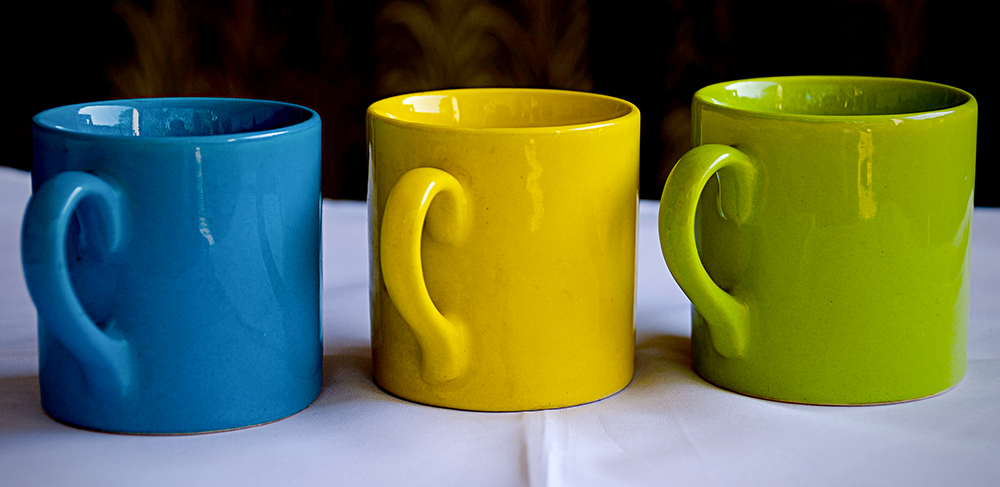
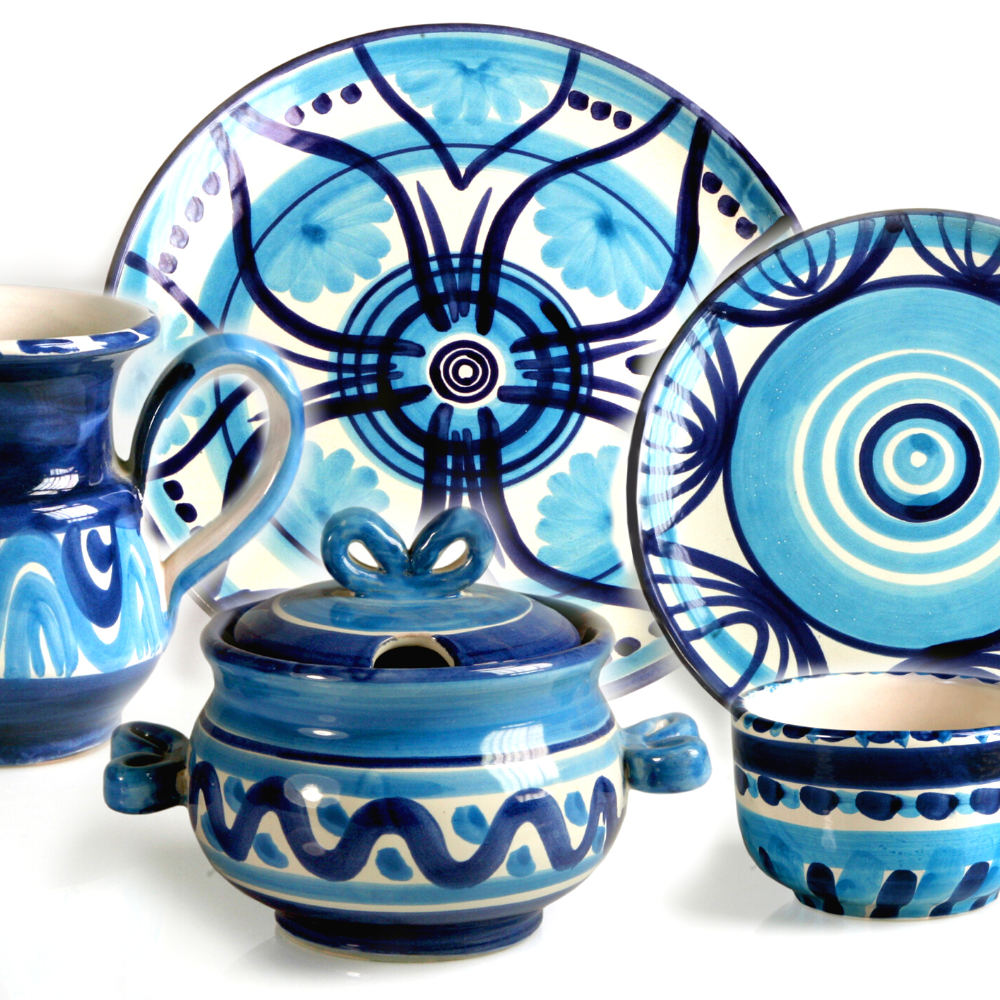
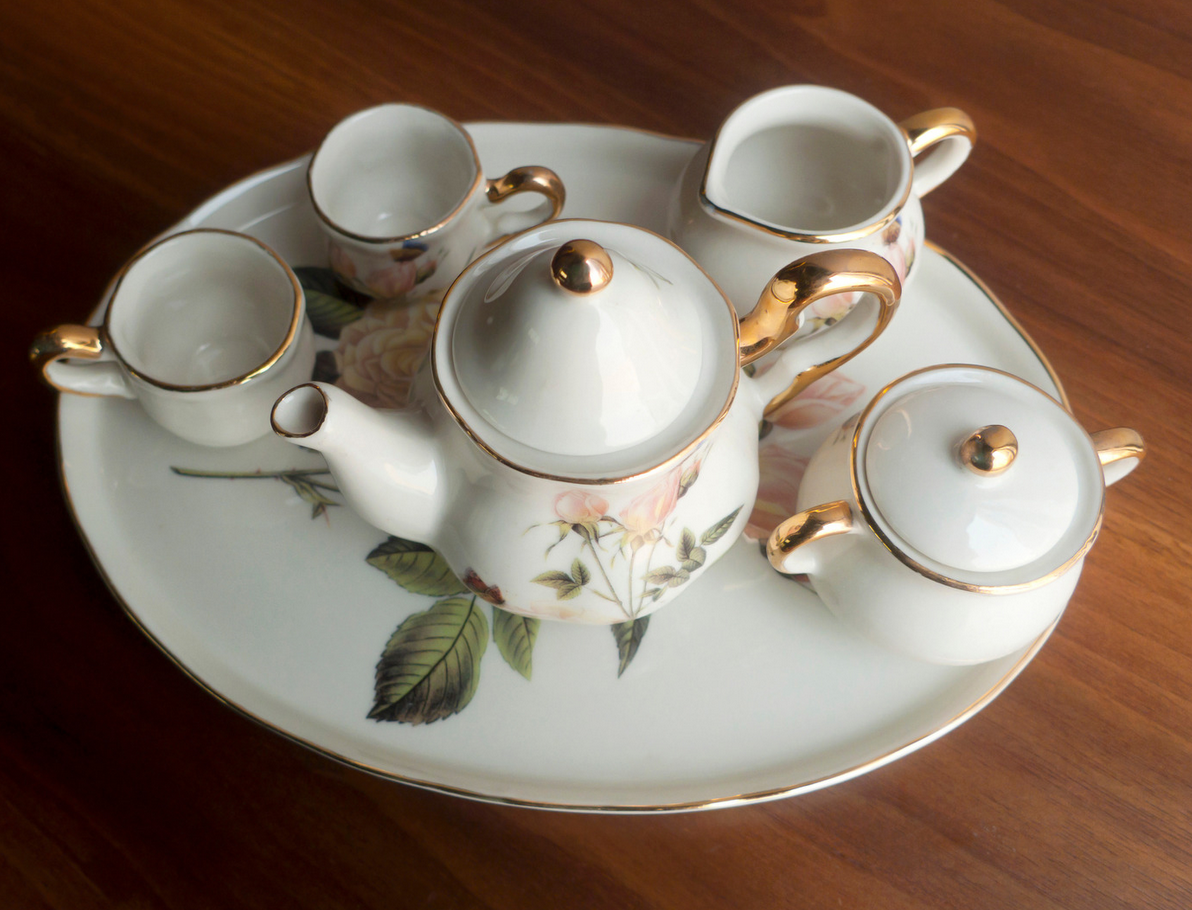
Water Absorption
Did you know that the water absorption properties of ceramics can make or break their functionality?
Pottery's porous nature means it can absorb water, making it less suitable for certain applications.
This water absorption can lead to staining and weakening of the material over time.
However, this property can also be an advantage for items like flower pots, where water absorption is beneficial.
Porcelain's non-porous nature makes it ideal for items that need to be water-resistant and stain-resistant.
This property makes porcelain suitable for fine dinnerware, porcelain tiles, and other high-quality ceramic pieces.
The non-porous nature of porcelain also makes it easier to clean and maintain.
Durability and Strength
Ever wondered why some ceramics last longer than others?
Pottery is durable enough for everyday use but is not as strong as porcelain.
Its lower firing temperatures and porous nature make it more susceptible to chipping and cracking.
However, pottery's durability is sufficient for items like mugs, bowls, and decorative pieces.
Porcelain is known for its strength and durability, making it ideal for items that need to withstand frequent use.
Its high firing temperatures and refined clay body result in a material that is less likely to chip or crack.
This makes porcelain a popular choice for fine dinnerware and other high-quality ceramic pieces.
Appearance and Finish
Ever been captivated by the charm of ceramics?
Pottery often has a rustic and earthy appearance, enhanced by the use of glazes and other ceramic techniques.
This makes pottery ideal for decorative pieces and items that add a touch of charm to any setting.
The natural materials used in pottery also contribute to its unique and varied appearance.
Porcelain has a more refined and delicate appearance, often characterized by its translucence and smooth finish.
This makes porcelain ideal for fine dinnerware and decorative pieces that require a touch of elegance.
The refined clay and high firing temperatures used in porcelain production result in a material that is both beautiful and durable.
Cost and Value
Curious about the cost and value of ceramics?
Pottery is generally more affordable than porcelain, making it accessible for everyday use and decorative items.
The natural clay and lower firing temperatures used in pottery production contribute to its lower cost.
This makes pottery a popular choice for those looking for functional and decorative ceramic pieces without breaking the bank.
Porcelain is often more expensive than pottery due to the refined clay and high firing temperatures used in its production.
However, the durability and refined appearance of porcelain make it a worthwhile investment for fine dinnerware and high-quality decorative pieces.
The higher cost of porcelain is often justified by its long-lasting and elegant properties.

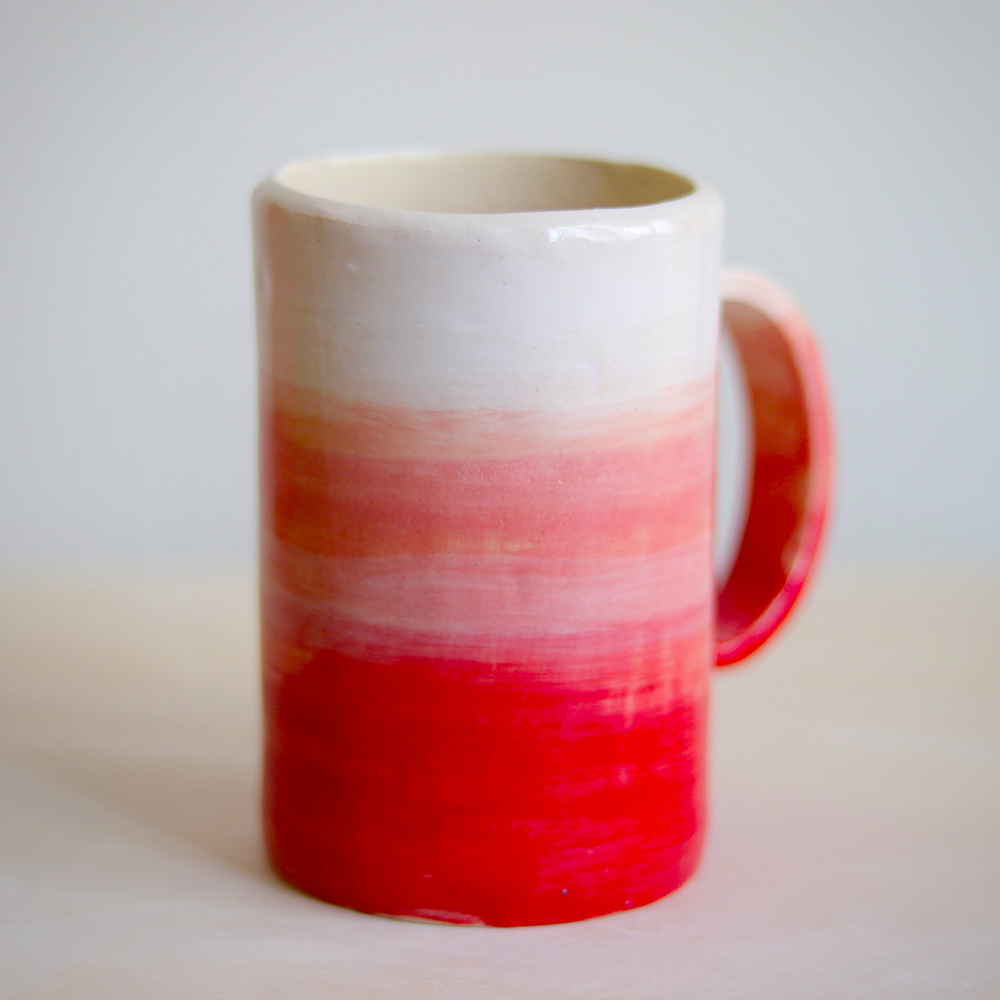

Unlock the Perfect Ceramic Choice for You
Understanding the differences between pottery and porcelain empowers you to make informed decisions for your home or collection.
Pottery, with its natural clay and lower firing temperatures, is perfect for everyday use and charming decorative pieces.
On the other hand, porcelain, crafted from refined clay and fired at high temperatures, offers unmatched durability and elegance, making it ideal for fine dinnerware and high-quality decor.
By appreciating the unique properties and applications of each material, you can truly enjoy the beauty and functionality that both pottery and porcelain bring to your life.
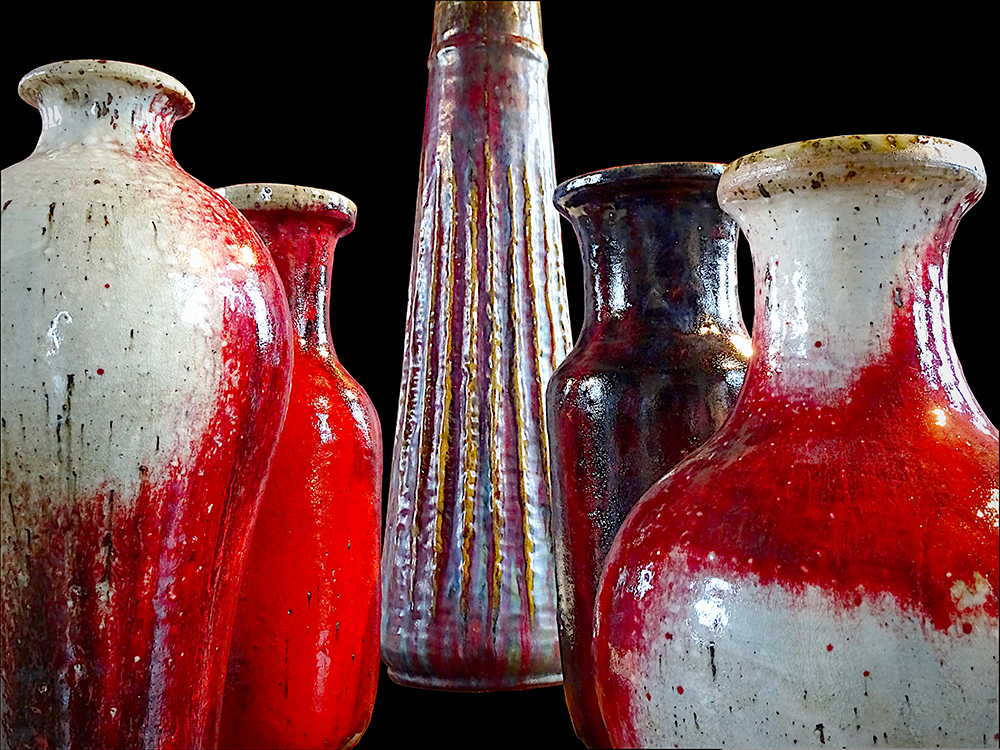
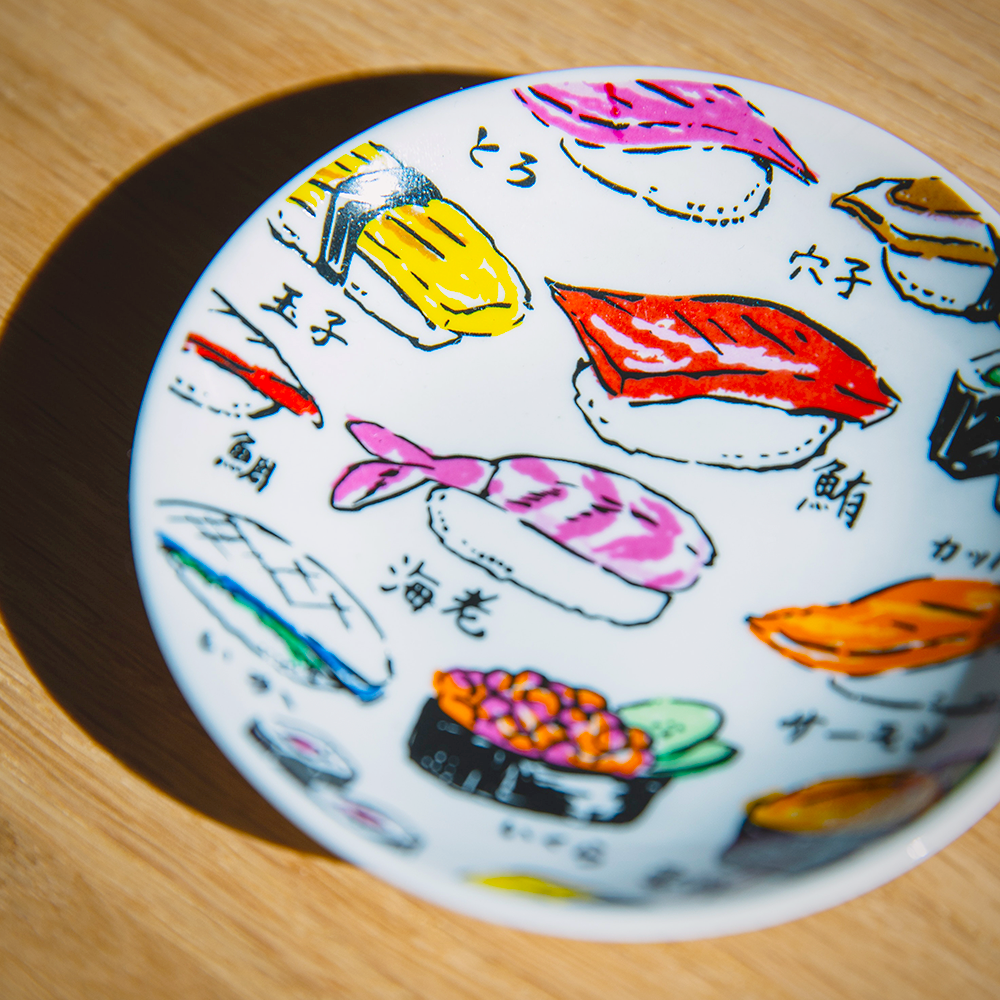
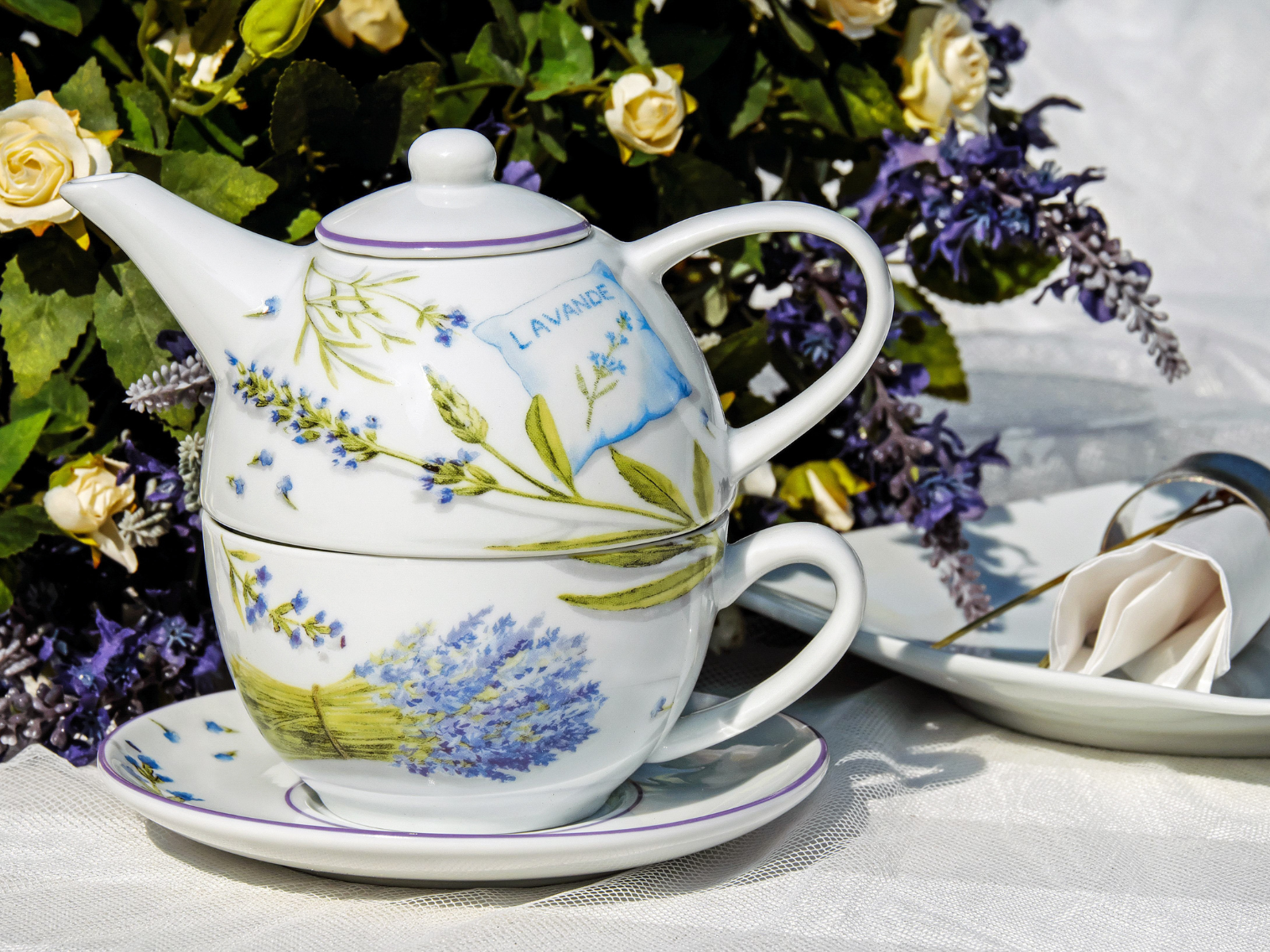
Pottery FAQs
Are you ready to dive into the fascinating world of pottery and porcelain?
Whether you're a seasoned ceramic enthusiast or just starting to explore this timeless craft, this FAQs section is here to answer all your burning questions.
From understanding the key differences between pottery and porcelain to choosing the right material for your dinnerware, we've got you covered.
Let's unravel the mysteries of these beautiful art forms and help you make informed decisions for your next ceramic masterpiece!
What is the main difference between pottery and porcelain?
The main difference between pottery and porcelain lies in the type of clay used and the firing temperatures. Pottery is made from natural clay and fired at lower temperatures, making it more porous and less durable. Porcelain is made from refined clay and fired at extremely high temperatures, resulting in a more durable and less porous material.
Can pottery be used for fine dinnerware?
While pottery can be used for dinnerware, it is generally more suitable for everyday items and decorative pieces due to its porous nature and lower durability. Porcelain is a better choice for fine dinnerware as it is more durable, stain-resistant, and has a refined appearance.
How can I tell if a ceramic piece is pottery or porcelain?
You can tell if a ceramic piece is pottery or porcelain by examining its appearance, weight, and translucence. Porcelain is often more translucent, lighter, and has a smoother finish compared to pottery. Pottery tends to have a more rustic and earthy appearance, and it is usually heavier and less translucent than porcelain.
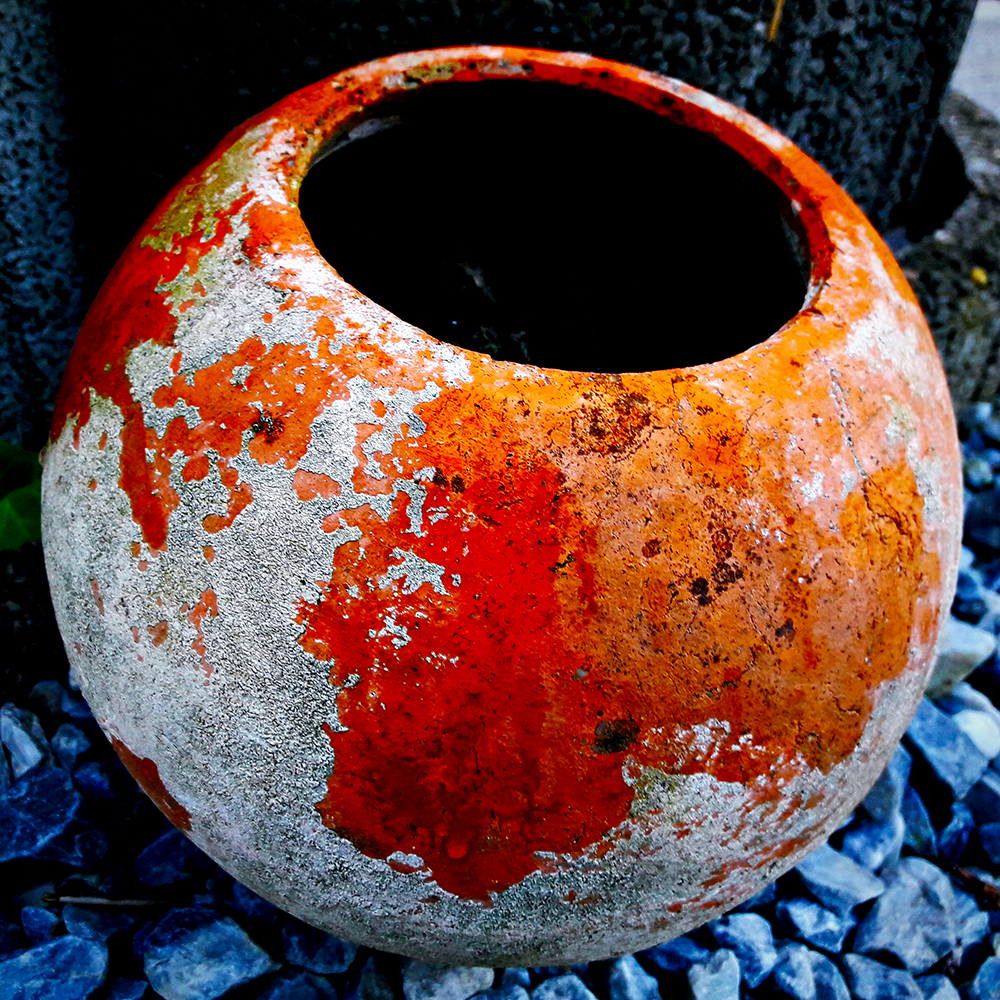
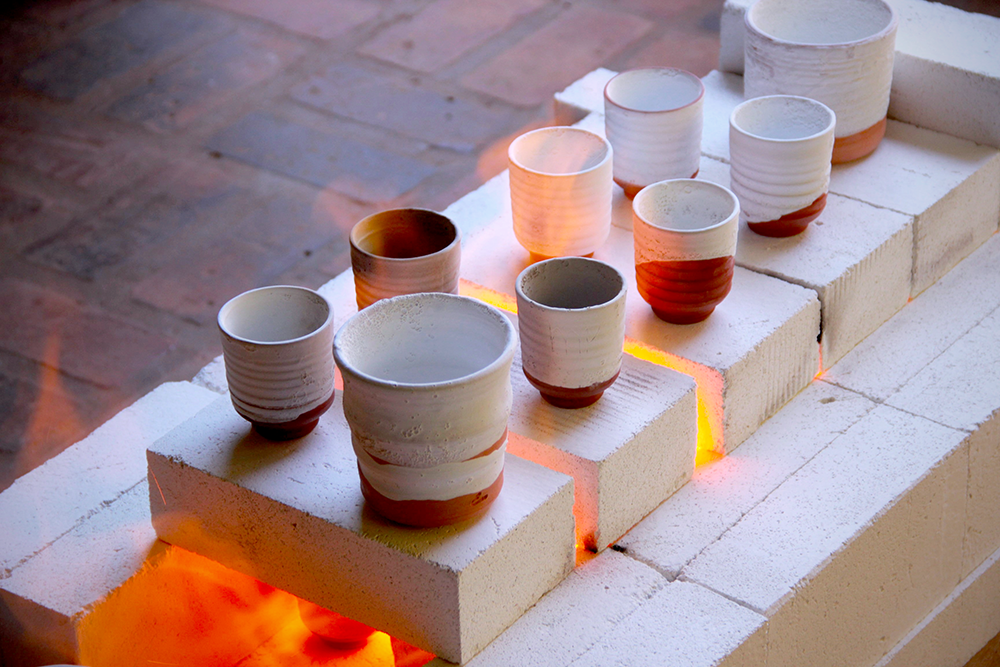
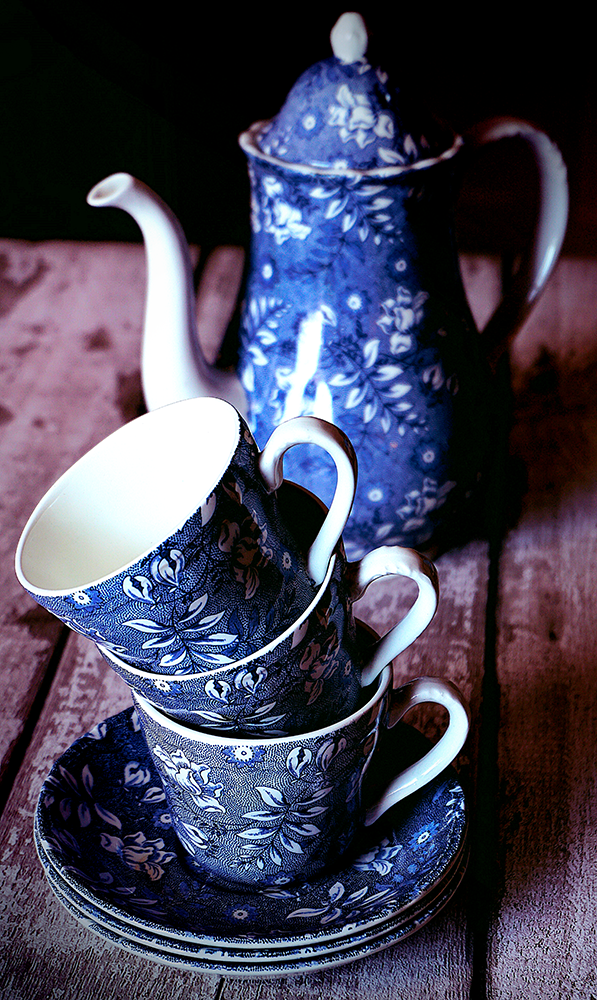
Want even more content about creativity and art?
Be sure to check out all of our creative chronicles!
Love pottery and working with clay?
Check out some of our other ceramic articles:
-What is the difference between ceramics and pottery?
-What is more expensive: stoneware or porcelain?
-What are the four types of pottery?
-What are the 5 methods of working with clay?
-What is the difference between hand building and throwing clay?
